What the TikTok Ban Means for Small Businesses in Terms of Discoverability and Awareness

President Biden’s signed bill now confronts TikTok, compelling the social media app to either undergo a sale or face a ban. Despite encountering court challenges, a shortage of qualified buyers, and Beijing’s hostility, the law remains in effect.
If ByteDance, the parent company of TikTok, fails to sell its shares in the app to a U.S. business within 270 days, authorities will ban it outright across the country. That could give potential buyers time to assess the situation before purchasing.
Following Elon Musk’s acquisition of Twitter, now known as X, many content creators have been expressing their opinions on the future of TikTok as it could suffer a similar fate like X did. Creators have been leveraging the hashtag #TikTokBan as a way to show their concern over the potential impact of any future buyer taking over the platform. The uncertainty surrounding the future of TikTok is causing worry among content creators about the platform’s stability. This hashtag has garnered more than 500,000 views since last week’s news broke.
“The TikTok story is far from over in the US, so while the legislation provides a path to a ban of TikTok, there is still a lot to play out,” said Ben Riggle, Managing Director, North America at Channable. “What is clear is that this creates a lot of uncertainty with advertisers that could lead to shifting budget allocations to more stable channels.”
Content creators are not alone. Local and independent businesses who started using TikTok during the pandemic are also concerned as the platform helped them from the start and they might have to allocate their content strategy elsewhere if this ban were to take place, according to marketers and agency executives.
Impact on Content Creators and Small Businesses
Tim Ringel, Founder and Group CEO of Meet The People, highlighted how small businesses seek alternative methods to drive traffic to their direct-to-consumer experiences. Platforms like TikTok and Instagram offer valuable organic channels for these businesses, allowing them to reach audiences without the need for paid advertising. A potential TikTok ban would deprive these businesses of a crucial traffic source, hindering their ability to promote products and services through organic content.
“The most important thing will be switching gears in organic content for small businesses. Formats and audiences work differently on Snap, Instagram and X so small businesses who have focused on TikTok will need to change how they produce their content.” said Ringel.
Greg Curtis, Head of Influencer Marketing at Empower, emphasized the significant impact on small businesses with limited advertising budgets. Curtis noted that TikTok serves as a valuable platform for reach, engagement, and trend awareness, enabling small businesses to establish a strong presence in the marketing and sales funnel without hefty advertising expenses. With over seven million small US businesses leveraging TikTok, its potential ban would pose a significant challenge for these organizations.
“TikTok themselves said that small businesses contributed nearly 24.2 billion due to the use of its platform. This ban is not only going to impact small businesses, but many [families will feel the effect of the ban],” said Curtis.
Marketers Will Have to Adapt
In response to a TikTok ban, marketers will have to reallocate their budgets in a number of ways. Since the ban disrupts established marketing strategies based on TikTok’s expansive reach and engagement, marketers may need to pivot. Keeping a brand visible may require marketers to reevaluate budget allocations. In order to adapt to evolving digital landscapes and mitigate the impact of the ban, marketers must reevaluate budget allocations.
Emily Blair Marcus, CEO and Founder of her creative platform and public relations agency, emphasized the need for marketers to think innovatively when redirecting traffic in response to the TikTok ban. She suggests experimenting with alternative platforms like Instagram, Snapchat, and YouTube, driving traffic from TikTok to these channels to gauge audience response. Marcus predicts that Snapchat may seize the opportunity to innovate and become a primary platform for marketers, while also anticipating increased popularity for Instagram Reels.
“TikTok creators are very niched out, which has given marketers from different industries the opportunities to connect with a plethora of diverse audiences and speak directly to who is most likely to become a customer,” said Marcus. “The algorithm is also designed to bring like-minded videos to a viewer and deliver content they’re most likely going to be compelled to engage with, based on previously consumed content, which also helps marketers get in front of the right eyes.”
Importance of Multi-Channel Approach
Riggle emphasized the urgency for marketers to evaluate their vulnerability to a potential TikTok ban by considering alternative traffic sources. A multi-channel approach is essential for grasping traffic generation, revenue potential, and improving first-party data collection and analysis to identify the most effective channels.
“Even with a ban on TikTok, the users will still remain, so knowing your audience and being able to track them to the new channels they gravitate to will be important,” said Riggle.
The Capterra survey reveals significant insights. According to 78% of small business owners, TikTok ads generate a positive ROI. TikTok advertising plays a significant role in small businesses’ marketing efforts, as they allocate between 11 and 20% of their marketing budget to it. 55% of businesses say TikTok ads improve their marketing results. It is clear from this data that TikTok plays an important role in the marketing landscape for small businesses, especially since its influence connects users with new brands and local businesses, often through influencer content.
“Marketers should reach out to influencers they regularly work with – check in, and understand how that talent’s team plans on pivoting in the wake of the ban and reassure them that, as a brand, you are committed to working with them through the transition, and finding new ways to expand in partnerships and collaborations,” said Marcus.





